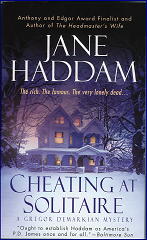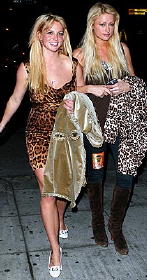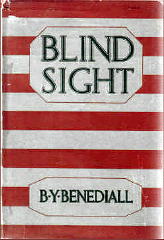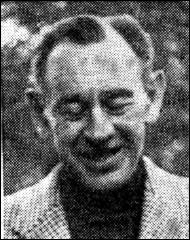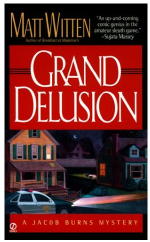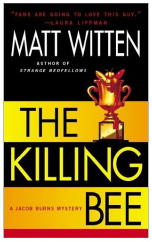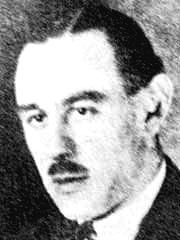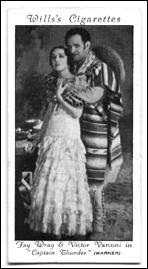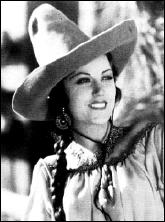Sat 9 May 2009
CRIME AND PUNISHMENT. Columbia, 1935. Peter Lorre, Edward Arnold, Marian Marsh, Tala Birell, Elisabeth Risdon, Robert Allen, Douglass Dumbrille, Gene Lockhart, Mrs. Patrick Campbell. Based on the novel by Fyodor Dostoyevsky. Director: Josef von Sternberg.
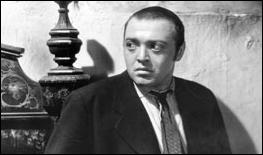
To begin with, the novel’s 600 to 800 pages long, depending on the size of font used and how wide the margins are. If a film adaptation is only 90 minutes long, as is this US version done in 1935, answer yourself this: how much of the book could be crammed in?
So, OK, let’s let that go, and talk about the movie as a movie. It was one of the earliest films that Peter Lorre made in the US, and as a leading man yet, in the role of criminology student Roderick Raskolnikov, who commits a murder and almost, but not quite, gets away with it.
Dogging his trail is Edward Arnold, as Inspector Porfiry Petrovich, not necessarily following the academic approach espoused by Raskolnikov, who as it becomes clear, is a rival in more ways than one.
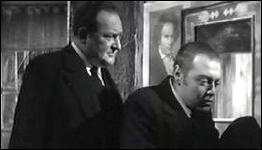
In spite of first appearances, Porfiry is gradually seen as a student of human nature, allowing his prey to alternate between arrogance and fear by using only one simple method: by allowing him to remain free — and thereby trapping and convicting himself by his own hand.
A role that was meant to be played by Peter Lorre, perhaps, who does both arrogance and fear very well, and yet, in Crime and Punishment, he shows he has a human side as well, committing the murder of the miserly lady pawnbroker (Mrs. Patrick Campbell) yes, but giving the young streetwalker Sonya (a radiant Marian Marsh) all of the money given him earlier in return for pawning his father’s watch. (It is interesting to note how Sonya’s means of earning a living manages to be very conveniently skipped over.)
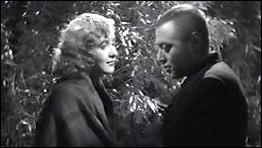
The film came along far too early to be classified correctly as noir, perhaps, but there are a number of elements that could easily make it fit (one might argue) into the category.
Not only the story itself, with Raskolnikov continually finding himself sliding into the abyss of his own mind — a quiet kind of desperation — but the black-and-white photography is also quite magnificent, showing the better parts of the unknown city (Moscow?) where the story takes place, as well as some of the worse, including Raskolnikov’s rather squalid apartment, for which, in spite of his brilliance, he cannot even pay the rent.
So, my final comment and overall impression? A very entertaining film, a movie that when I started, I intended to see only the first ten minutes as a preview, but which I forgot myself and watched all the way through to the end instead.
